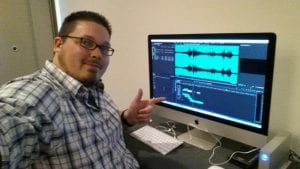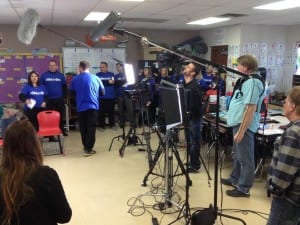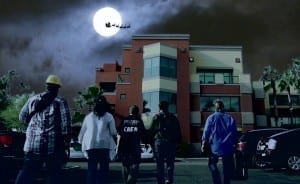
With TV news stations often stretched thin and unable to send a camera crew to cover a story or event, it’s a good idea to have your own footage available to provide to them.
Providing professionally produced B-roll to a news organization is invaluable when pitching your story to the assignment desk. It is priceless to have footage to show what your business does in case a story opportunity is presented to you. With footage of the manufacturing process, employees providing a service or exterior building shots with company signage on hand, you are immediately able to provide the file to a news station.
B-roll isn’t just for timeless footage. For companies with events that are time sensitive, footage often needs to be shot and delivered to the stations on the same day.
Many businesses make the mistake of providing amateur footage that never gets on air. When you hire a professional video production company to gather B-roll they have the equipment and the knowledge of what the station needs to increase the odds of it airing.
- Footage needs to be shot in HD and the shots must be fluid and steady.
- Shaky camera work is unacceptable. When shooting using pans or tilts, the camera operator should let the motion end before cutting to another shot.
- If you’re including soundbites, a good camera operator will know how much pre-roll to include and will make sure the audio is crisp.
- Remember exterior shots matter if you are with a national company trying to localize the story to make it more relevant. If you are pitching a local story to a New York station, don’t send video of your Phoenix office with saguaro cactus in the background.
The footage not only needs to be photographed professionally, but it must also be edited to provide the best shots in a concise package. A professional editor will know to include the ambient sound and know the safe area for graphics on the screen. The editor will create the dubs or digitally send the footage to the station.
As a corporation it’s important to have professional video so your company can best highlight the organization. Whether for airing on TV or other corporate use, brand is the most important asset a company has and by shooting profession B-roll and having it ready, you control how your brand is presented.
For assistance on producing your B-roll footage or soundbite clips, visit us at Spectrum Video & Film.
Article by Ken Liljegren, owner and president of Spectrum Video & Film. Spectrum Video & Film is a professional video production company in Scottsdale and Phoenix, Arizona specializing in corporate, commercial and online social media videos, as well as projection, lighting and sound. To find out more about how we can help with your next video or event, visit us at spectrumvideoandfilm.com.








